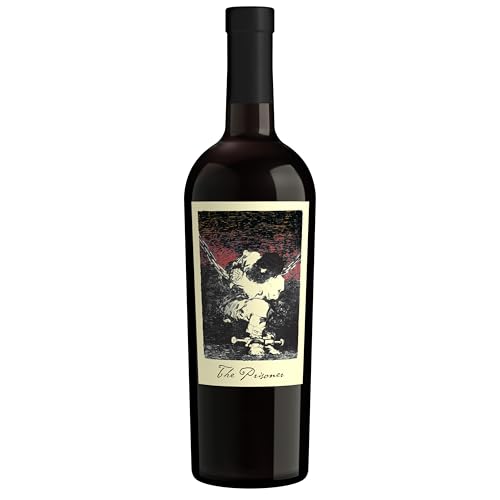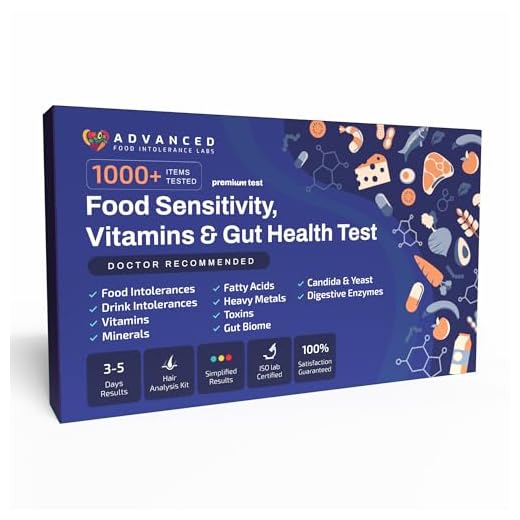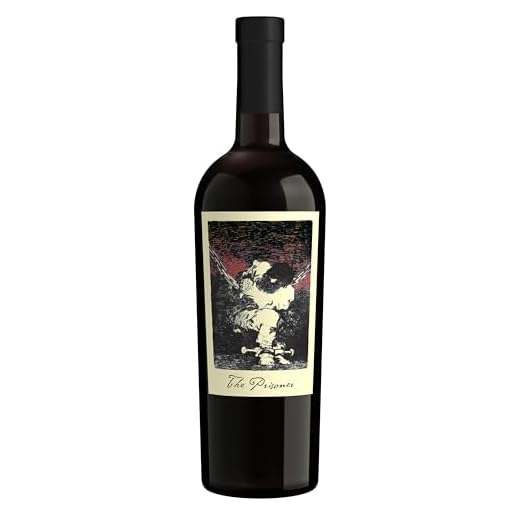

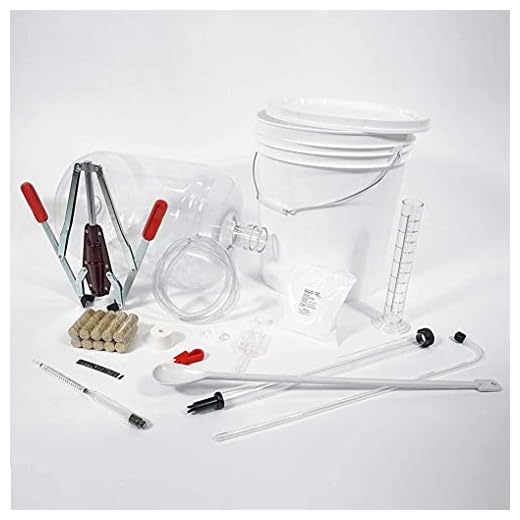
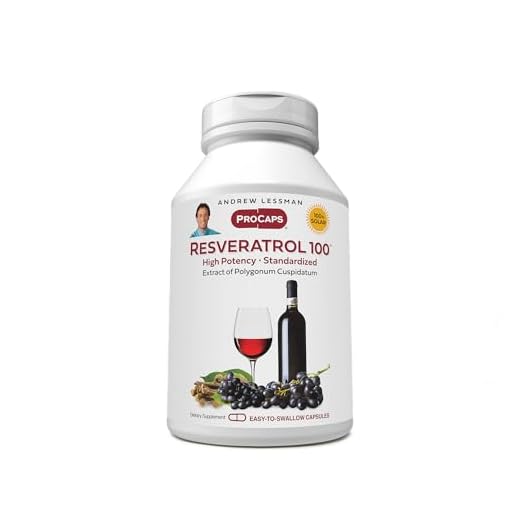
Rest assured, no proteins from wheat or similar grains find their way into typical offerings of this beloved beverage. Most varieties crafted from grapes undergo fermentation processes that do not involve any gluten-containing ingredients. This makes these selections suitable for individuals with sensitivities or celiac disease.
It’s important to remain informed about potential cross-contamination. While grapes themselves are free from harmful proteins, some facilities may process other products that contain gluten, raising concerns for those with severe allergies. Always check labels or consult producers for clarity on their specific production methods.
For those who prefer a cautious approach, opting for organically produced varieties can be a wise choice. These wines typically avoid additives that might introduce unwanted elements into the final product. In this way, enjoyment of the beverage can be fully realized without compromising health.
Is There Gluten in Red Wine
Those with sensitivity to specific proteins can enjoy this beverage without concern. The fermentation process does not involve any wheat, barley, or rye, which are common sources of troublesome proteins.
However, it’s essential to be mindful of the following:
- Check the label for additives or fining agents that may contain allergens.
- Some wineries may use traditional methods that include ingredients derived from grains, although this is rare.
- Cross-contamination can occur in facilities that produce various beverages, so research the producer’s practices.
For those seeking alternatives, look for brands specifically labeled as gluten-free to ensure complete peace of mind.
Pairing choices can also enhance your experience. Consider dishes like grilled meats or rich pasta, as these often complement the complex flavors found in this type of beverage.
Understanding Gluten Sources in Beverages
For those seeking to avoid specific proteins, it’s critical to know which drinks might contain them. Most fermented beverages, particularly those made from grapes, do not have these proteins. However, some products, like certain beers or flavored spirits, may include additives derived from grains. Always check labels for any mention of wheat or barley.
When enjoying sparkling or still varieties, rest assured that the primary ingredients are typically free from the problematic proteins. However, flavored versions could potentially introduce unwanted components, so scrutinizing ingredient lists is advisable.
For individuals sensitive to proteins, alternative beverages such as cider, distilled spirits, and many cocktails can offer safe options. Always ensure that mixers or flavorings used in these beverages do not contain any grains or additives that could cause reactions.
In summary, the vast majority of unflavored fermented products should be safe for those avoiding certain proteins, but vigilance in reading labels remains essential for peace of mind.
Production Process and Ingredients of Red Beverage
To ensure a premium quality drink, producers follow a meticulous procedure. The main components utilized include grapes, water, and yeast. The grape variety chosen can significantly affect the final flavor profile.
Harvesting and Crushing
The process begins with the harvest. Grapes are handpicked to guarantee ripeness and quality. After harvesting, grapes undergo crushing, which releases the juice and initiates fermentation. This step is crucial as it determines the extraction of color and tannins from the grape skins.
Fermentation and Aging
Once crushed, the juice is transferred to fermentation vessels where yeast converts sugars into alcohol. This phase can last from a few days to several weeks. After fermentation, the liquid is aged in barrels or tanks, allowing flavors to develop and mature. The aging process can vary from a few months to several years, depending on the desired characteristics.
| Step | Description |
|---|---|
| Harvesting | Handpicking ripe grapes for optimal quality. |
| Crushing | Releasing juice from grapes to initiate fermentation. |
| Fermentation | Yeast converts sugars into alcohol, enhancing flavors. |
| Aging | Developing complexity through time spent in barrels or tanks. |
Throughout this process, additional ingredients may be employed, such as sulfites for preservation and various fining agents to clarify the liquid. Understanding these components is vital for appreciating the nuances of the final product.
Common Myths About Gluten in Wine
Many believe that fermented beverages derived from grapes contain proteins that may lead to reactions in sensitive individuals. However, this notion is unfounded. Most high-quality options, including those crafted in traditional methods, do not incorporate any wheat or barley ingredients.
Mistaken Ingredients
Some assume that specific additives or fining agents used in the vinification process could introduce problematic proteins. In reality, commonly used fining agents like bentonite, egg whites, or fish bladder do not pose risks for those avoiding certain proteins.
- Fining agents are typically derived from natural sources, and their processes eliminate potential allergens.
- Manufacturers often provide transparency about their production methods, allowing consumers to make informed choices.
Cross-Contamination Fears
Another prevalent myth is the fear of cross-contamination during production. While shared equipment might raise concerns, strict regulations in winemaking facilities minimize this risk. Most producers prioritize cleanliness and take necessary precautions.
- Dedicated lines for bottling and processing ensure minimal risk of unintended exposure.
- Reputable brands undergo testing to confirm their products meet safety standards.
Understanding these misconceptions can guide enthusiasts and those with dietary restrictions toward confident choices. Always seek information directly from producers for clarity on their practices.
Testing for Gluten in Red Wine
To determine the presence of proteins in fermented beverages, utilize a simple gluten test kit specifically designed for food and drink analysis. These kits often include lateral flow devices that provide rapid results, allowing for on-site testing.
Follow the manufacturer’s instructions carefully. Typically, this involves taking a sample from the liquid and applying it to the test strip. Results usually appear within minutes, indicating whether proteins above a certain threshold are present.
For a more precise analysis, consider sending samples to a laboratory equipped with advanced testing technologies, such as ELISA (Enzyme-Linked Immunosorbent Assay) or mass spectrometry. These methods can detect even trace amounts of proteins, ensuring accuracy.
When testing, be mindful of cross-contamination. Ensure that all vessels and tools used are thoroughly cleaned and free of any residues that may skew results.
Understanding the testing process enhances confidence for those with sensitivities. Regular testing can also help monitor any changes in production methods or ingredients that could introduce unwanted components.
Safe Options for Individuals with Gluten Sensitivity
Opt for wines made from 100% grapes, without any additives or fining agents containing gluten. Look for labels that specify “organic” or “natural,” as these often indicate minimal intervention and pure ingredients.
Brands that specialize in gluten-free products include Bonterra, which offers organic selections, and Cooper’s Hawk, known for their commitment to quality. Always check for certifications on the bottle to ensure safety.
Be cautious with blends or wines that mention “barrel aging,” as some barrels may have been treated with gluten-containing substances. Seek out producers who disclose their production methods transparently.
Local wineries often provide insight into their processes, so don’t hesitate to ask about ingredients and potential cross-contamination during your visit. Many are eager to accommodate dietary restrictions.
Lastly, consider tasting events or wine classes focused on gluten-free options. These experiences not only enhance your knowledge but also expand your palate without compromising your health.
Consulting with a Healthcare Professional About Wine and Gluten
Consulting a healthcare provider is a smart step for anyone concerned about potential reactions to beverages. Discussing specific drinks, including varietals made from grapes, can clarify any uncertainties regarding adverse effects related to dietary restrictions.
When meeting with a medical expert, prepare a list of questions to address your concerns. Inquire about safe consumption levels and any signs to monitor after indulging in fermented beverages. This proactive approach ensures personalized guidance tailored to individual health needs.
Consider bringing along labels or notes about your preferred selections, as this can facilitate a more focused discussion. Your healthcare professional can offer insights into ingredients and production methods that may influence your well-being.
Many individuals find it helpful to maintain a food and drink diary. Documenting what you consume and any resulting symptoms can provide valuable data for your healthcare provider. This record can assist in identifying patterns and making informed choices moving forward.
For those who enjoy various beverages, understanding potential cross-contamination from production facilities is also essential. Discussing any concerns about shared equipment used for processing can lead to safer choices.
Lastly, if you’re considering cleaning your wine glasses or decanters, remember that using the best cleaning agent to pressure wash concrete block ensures they remain spotless and ready for your next tasting experience.

